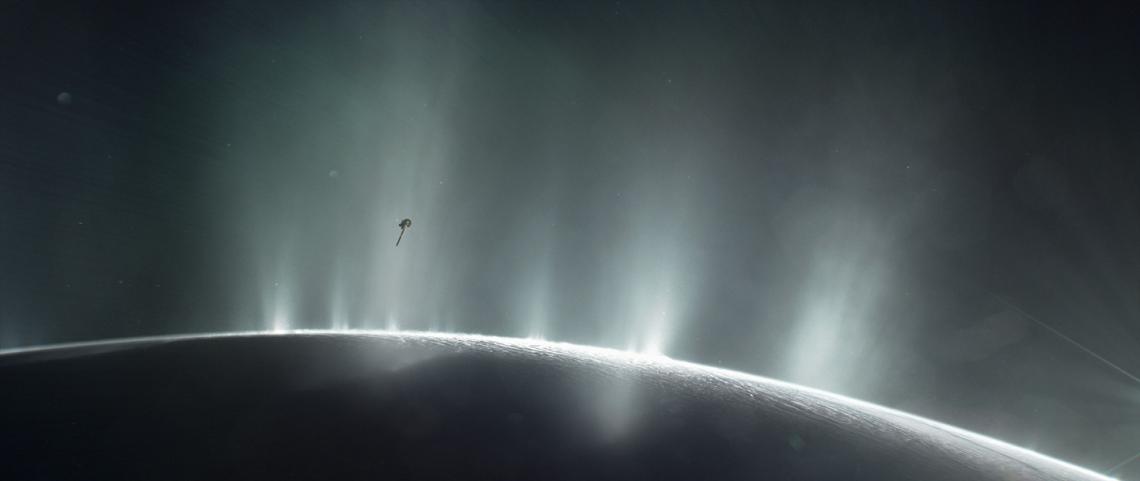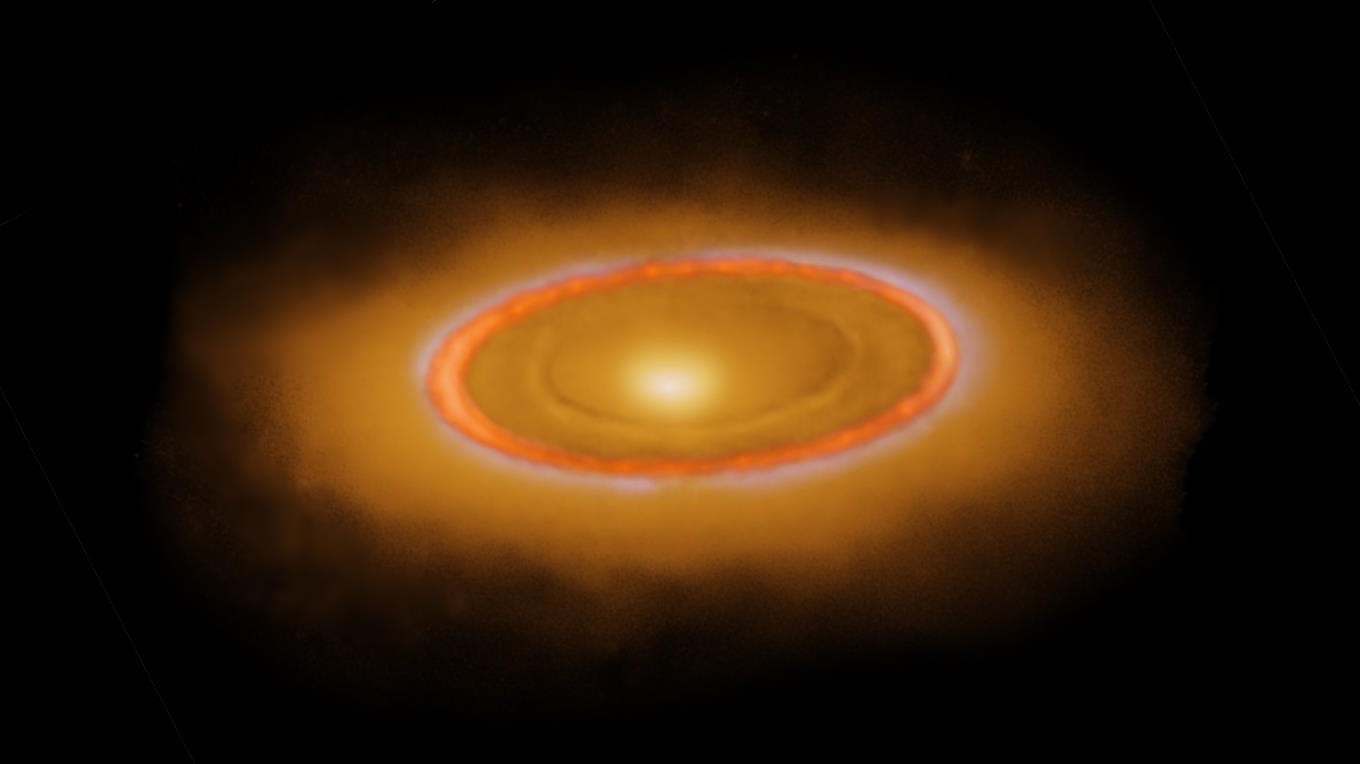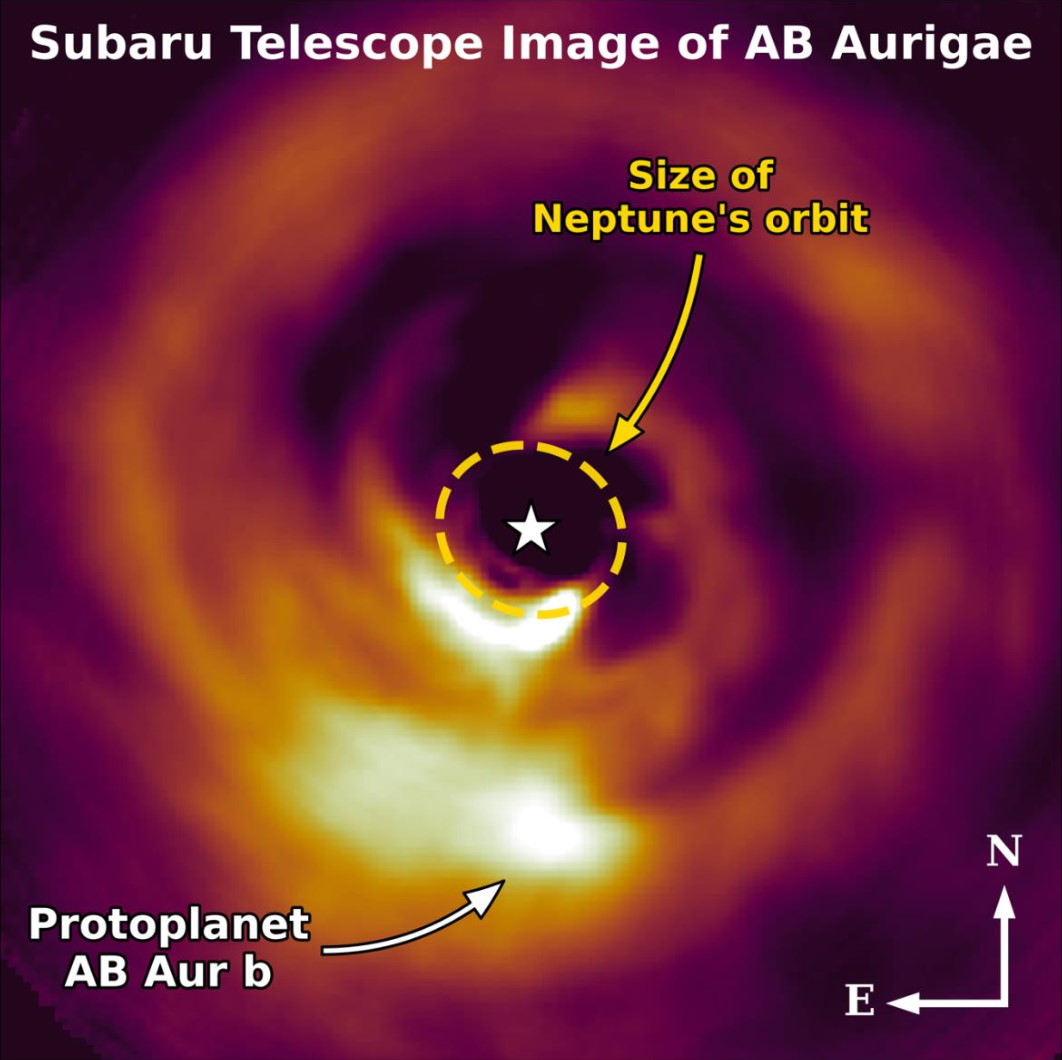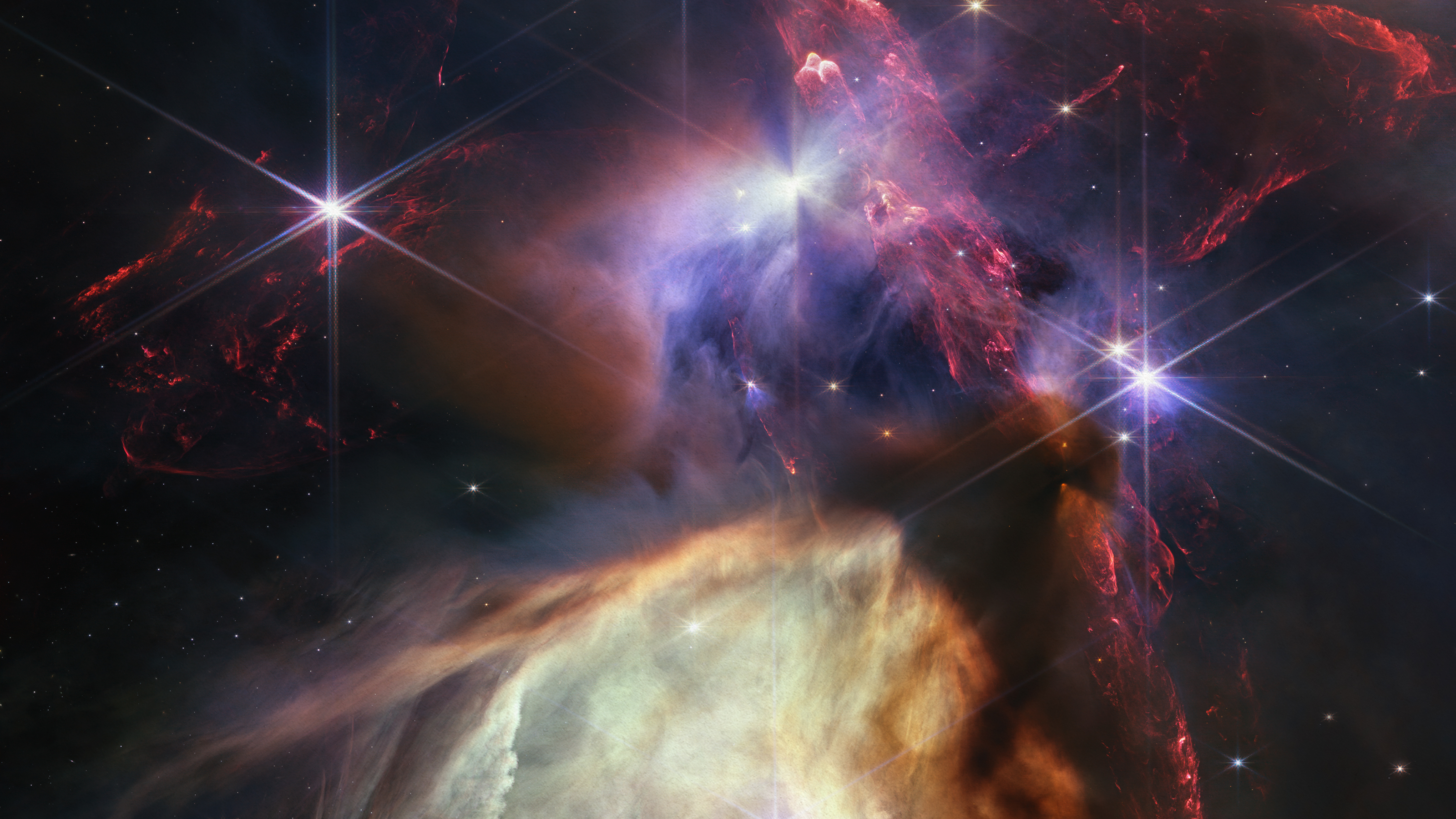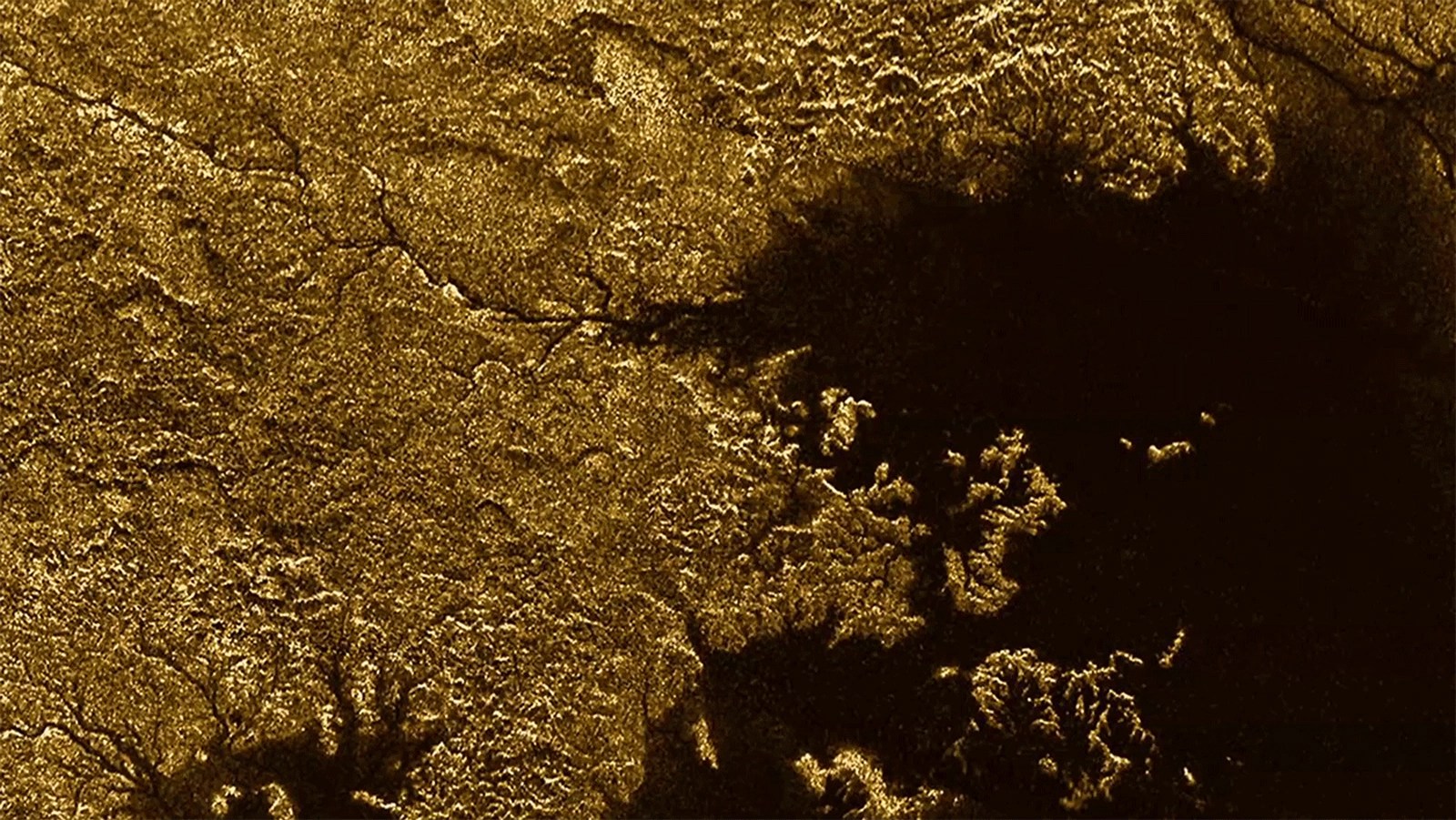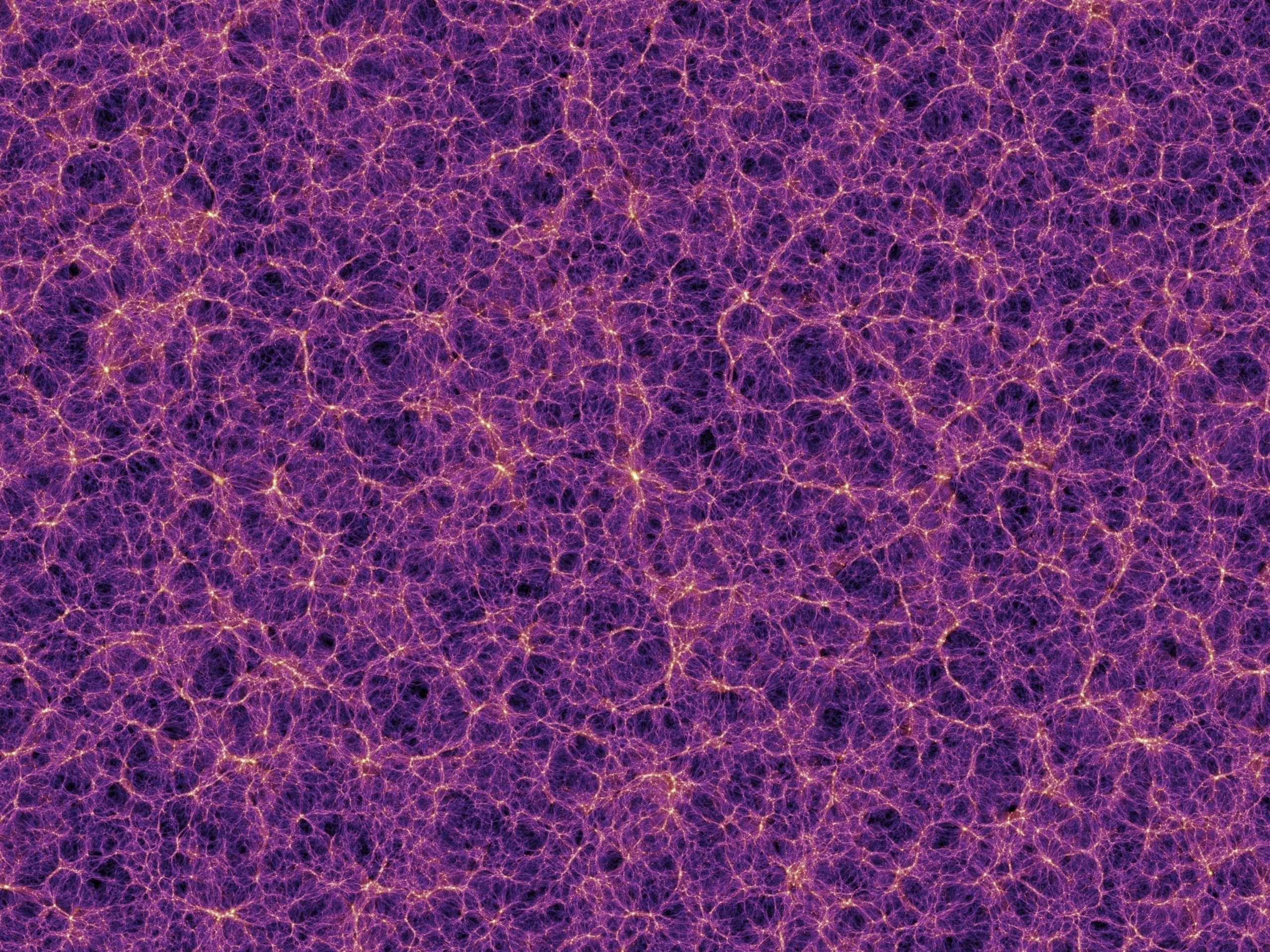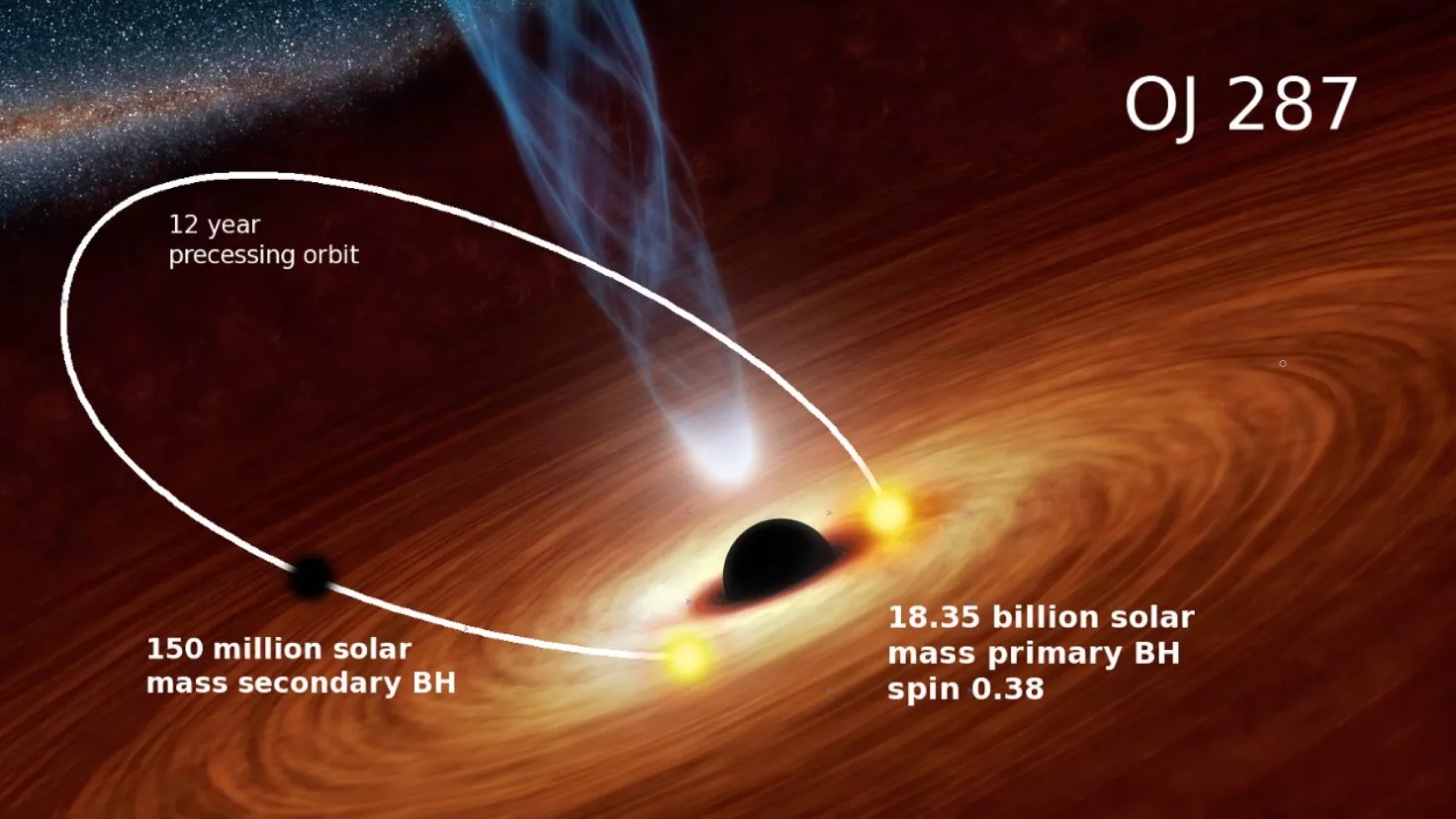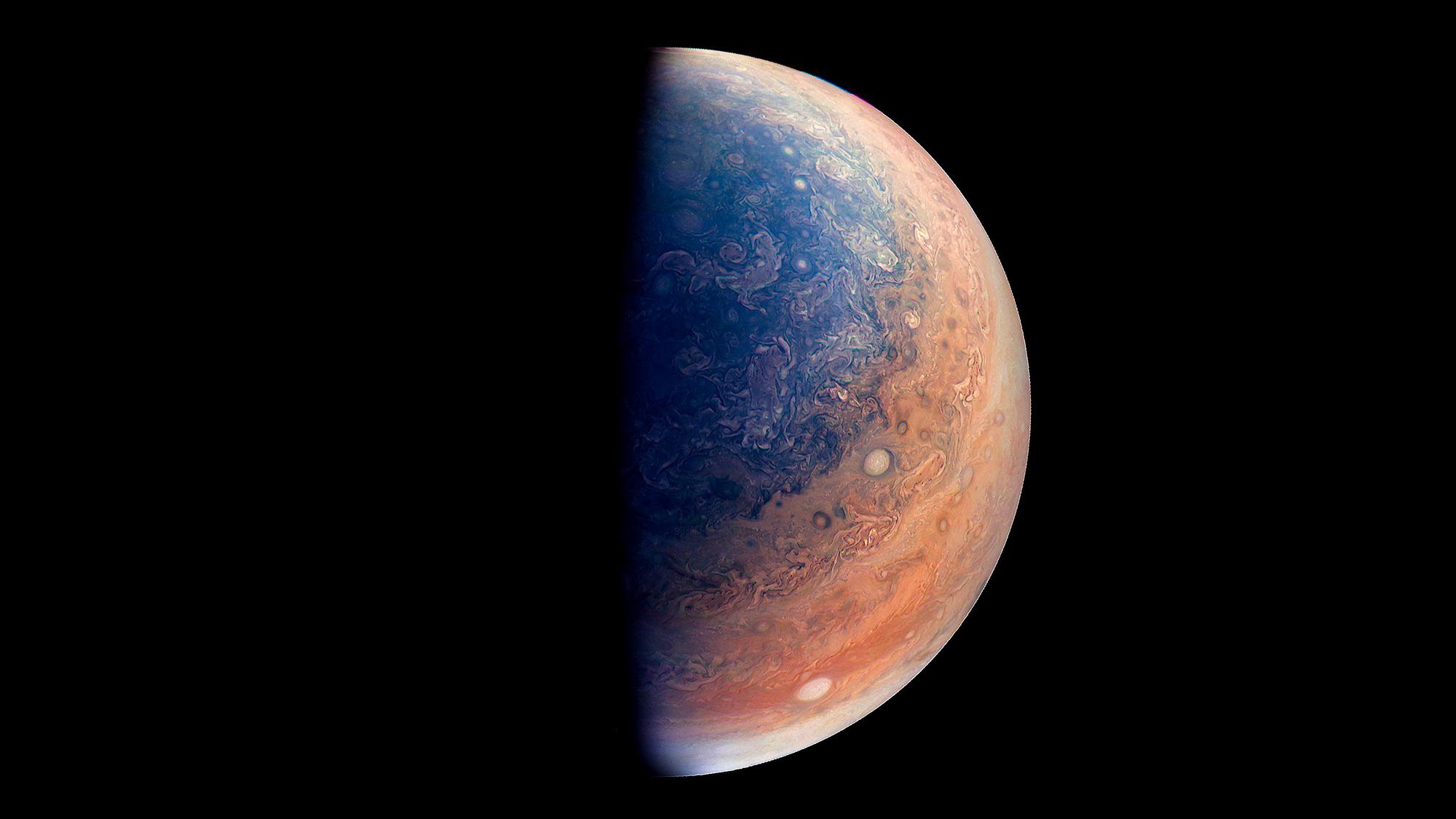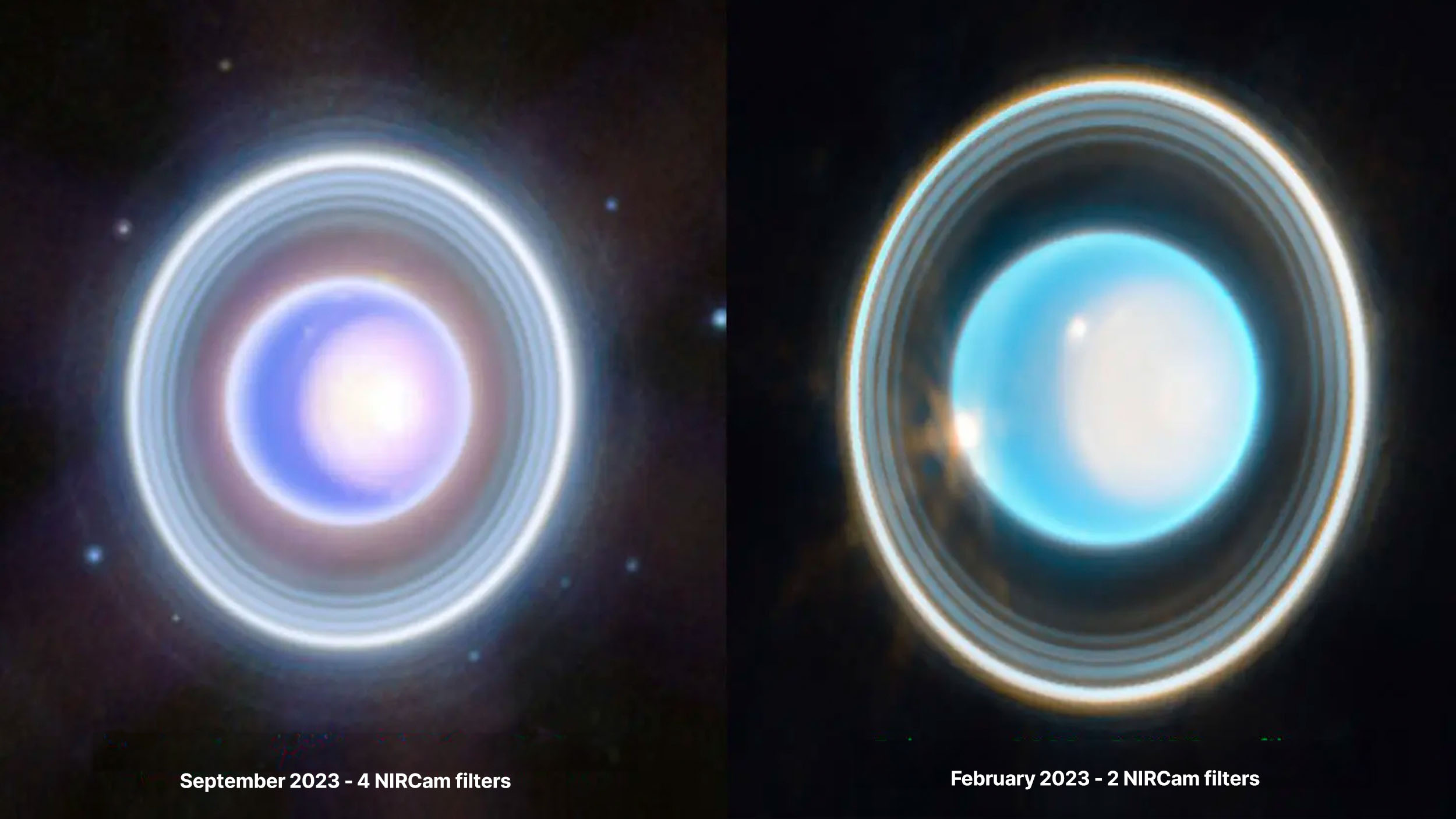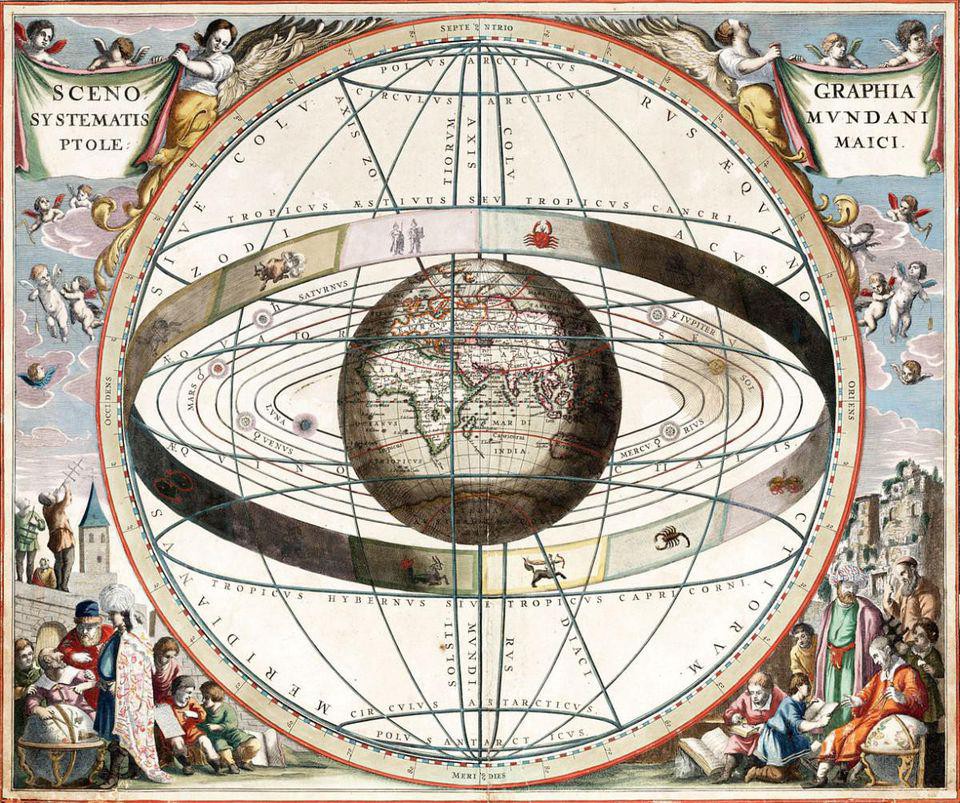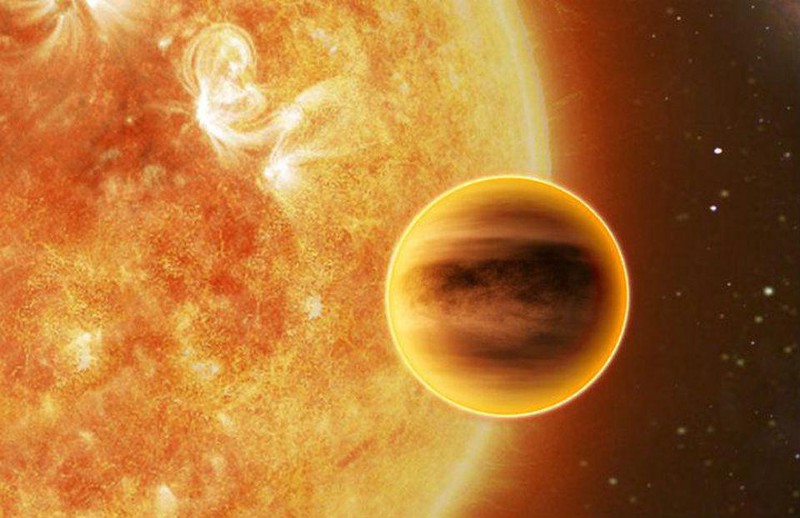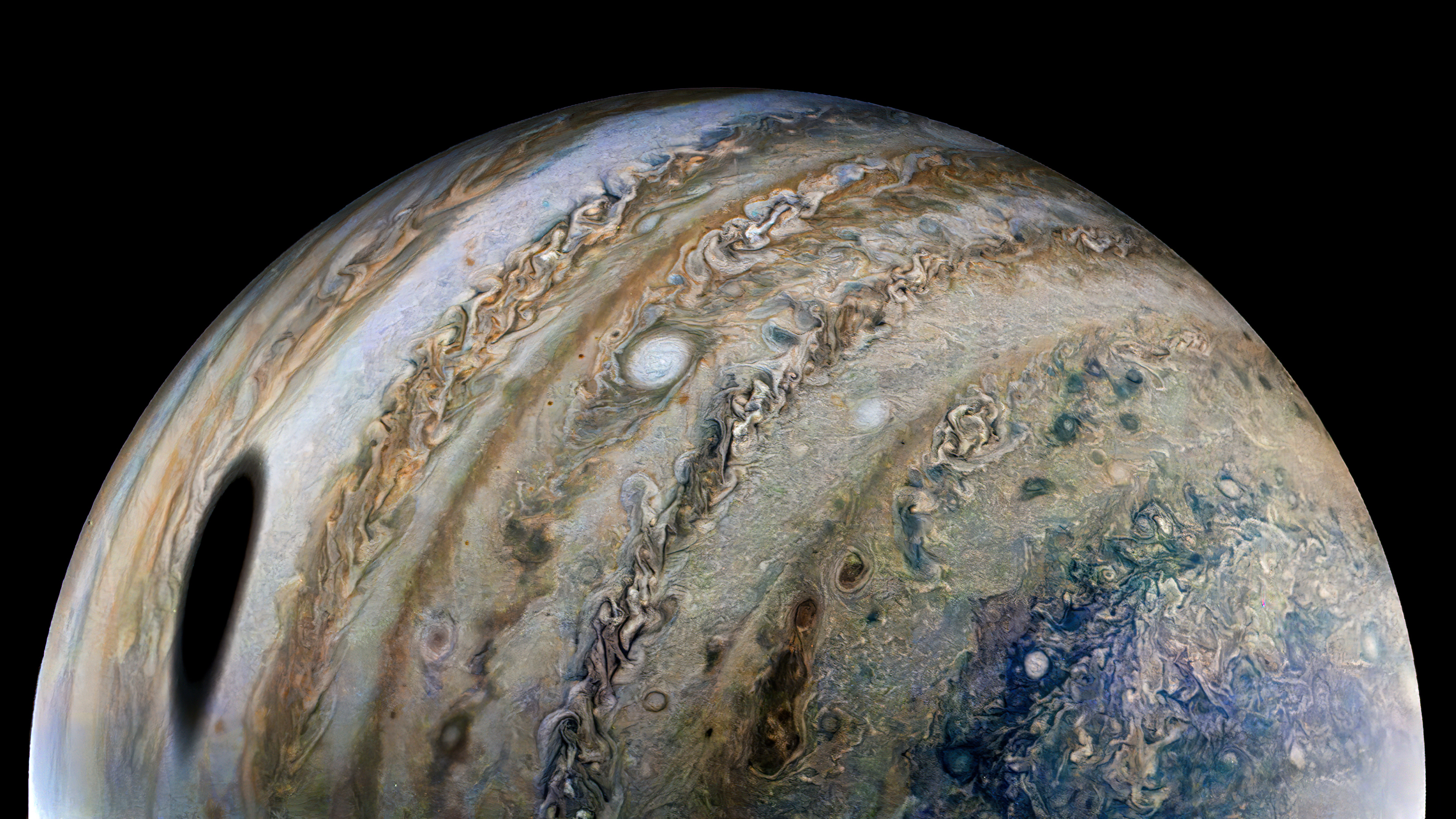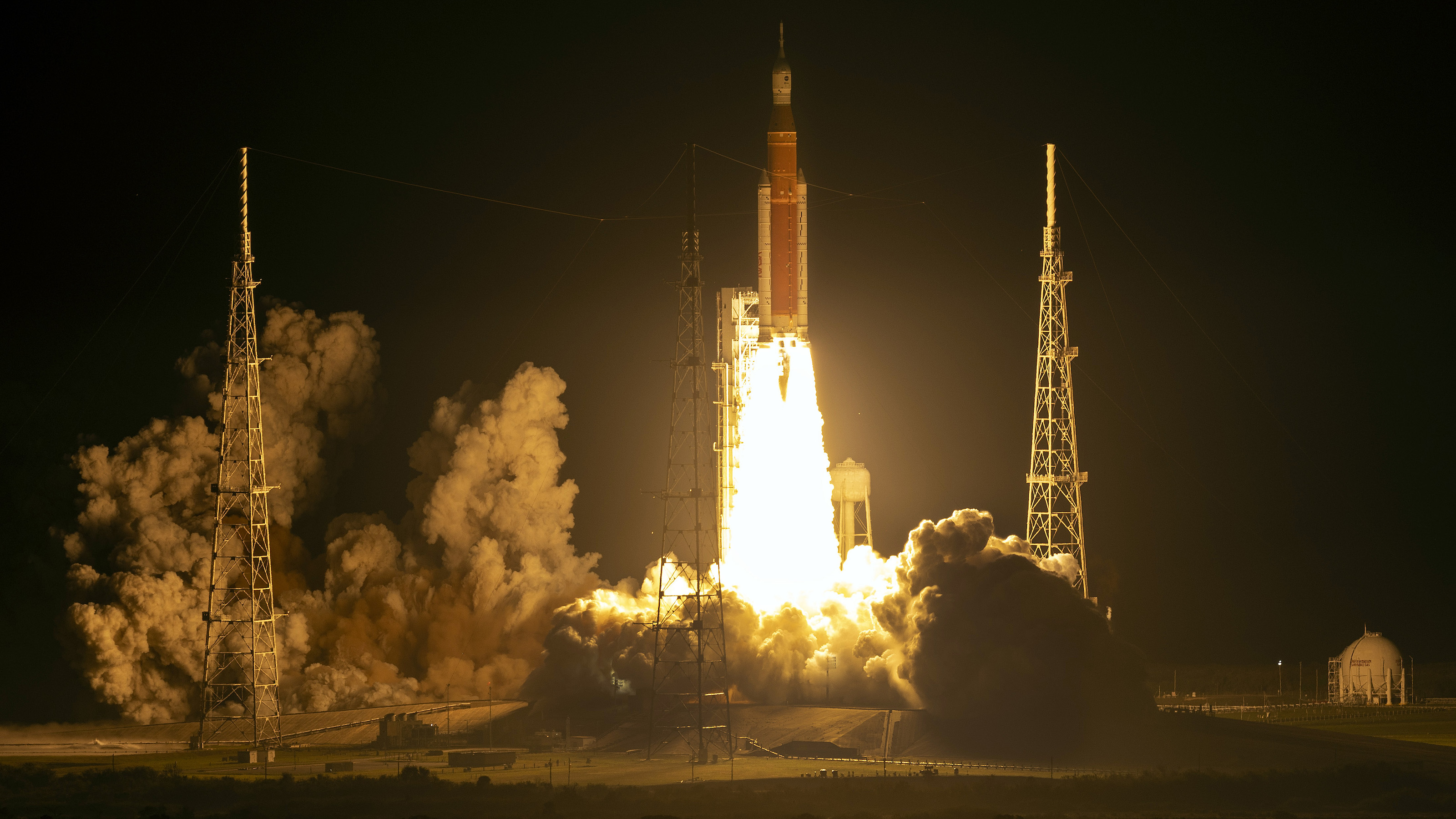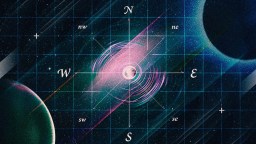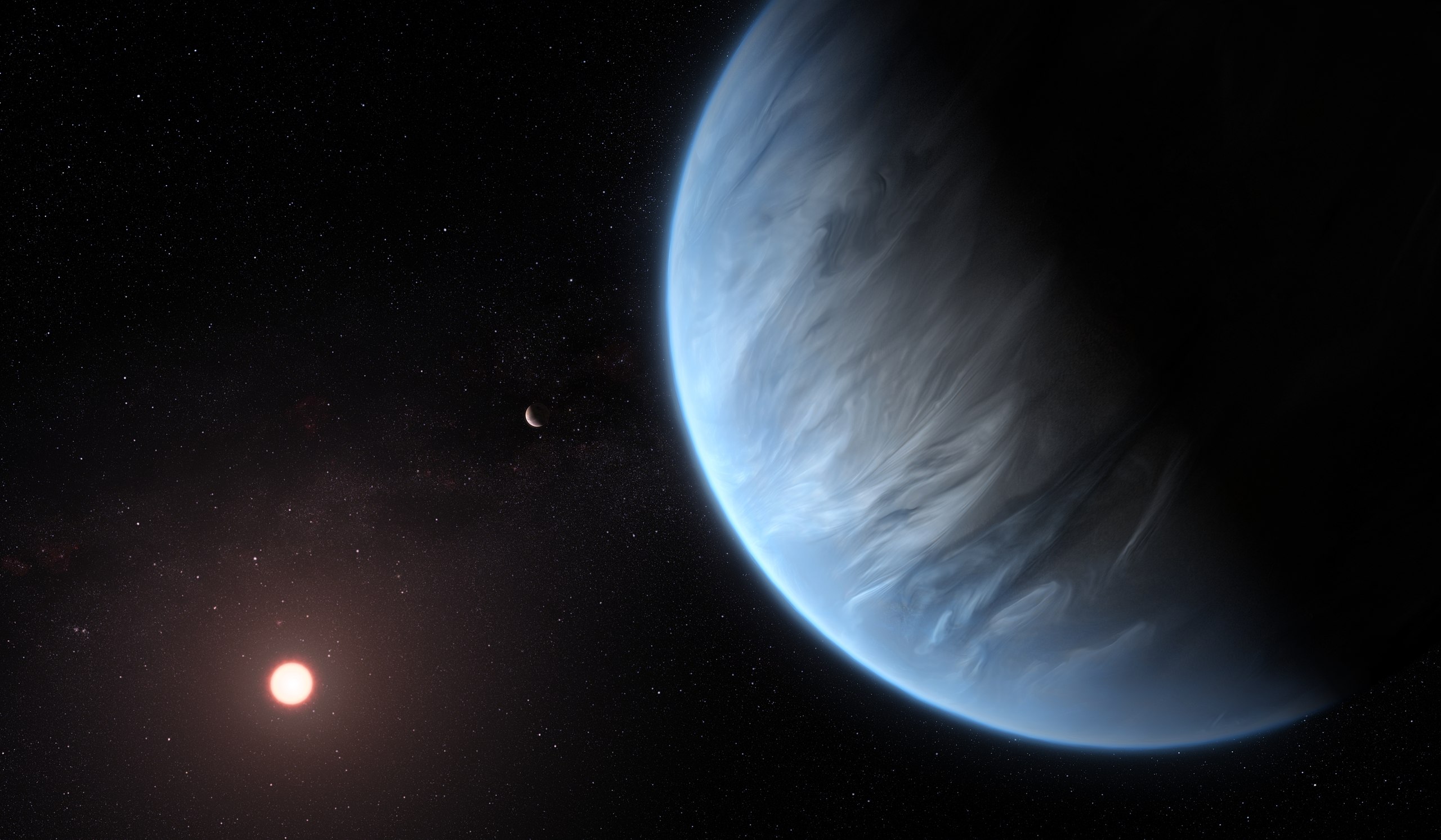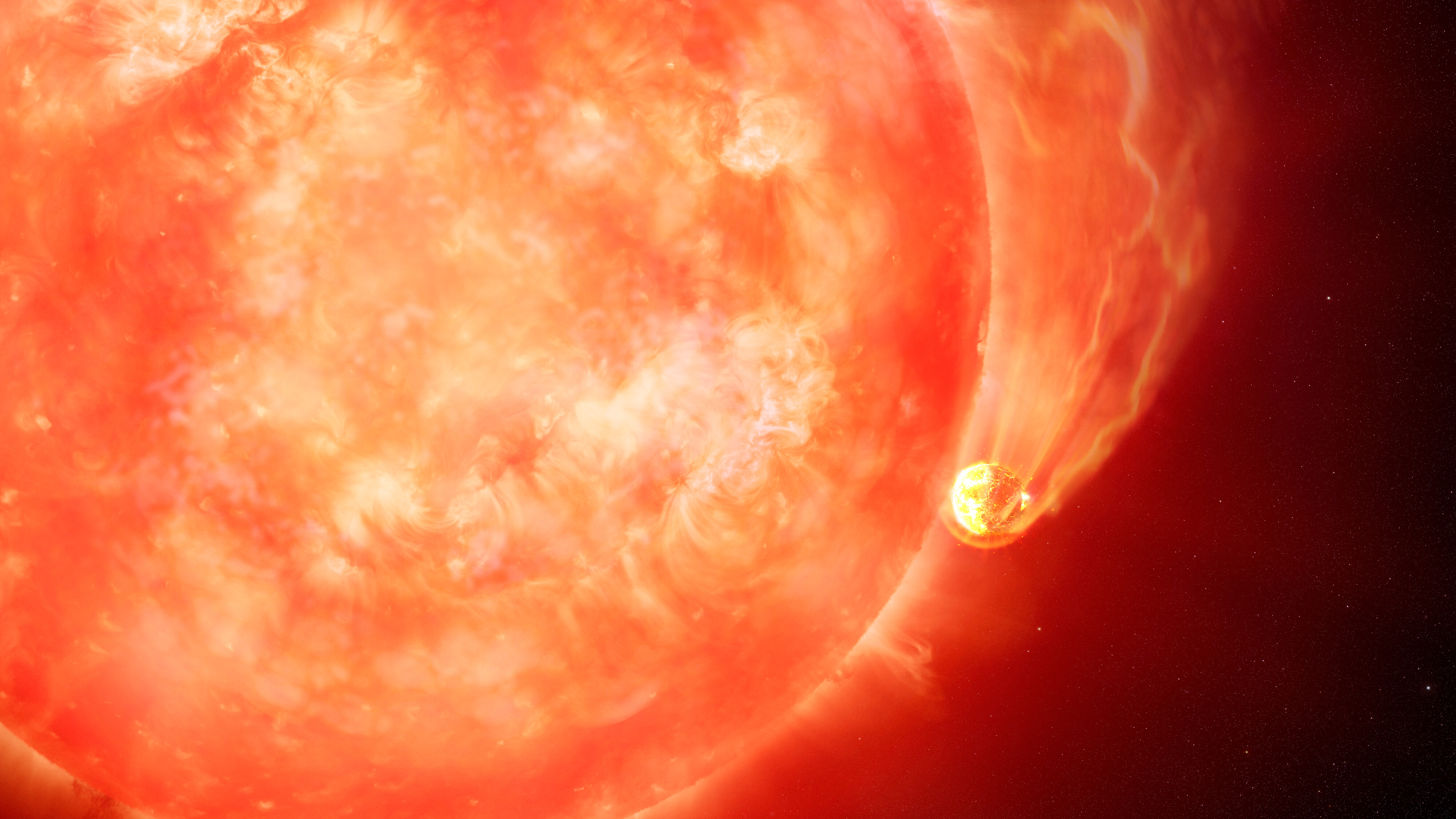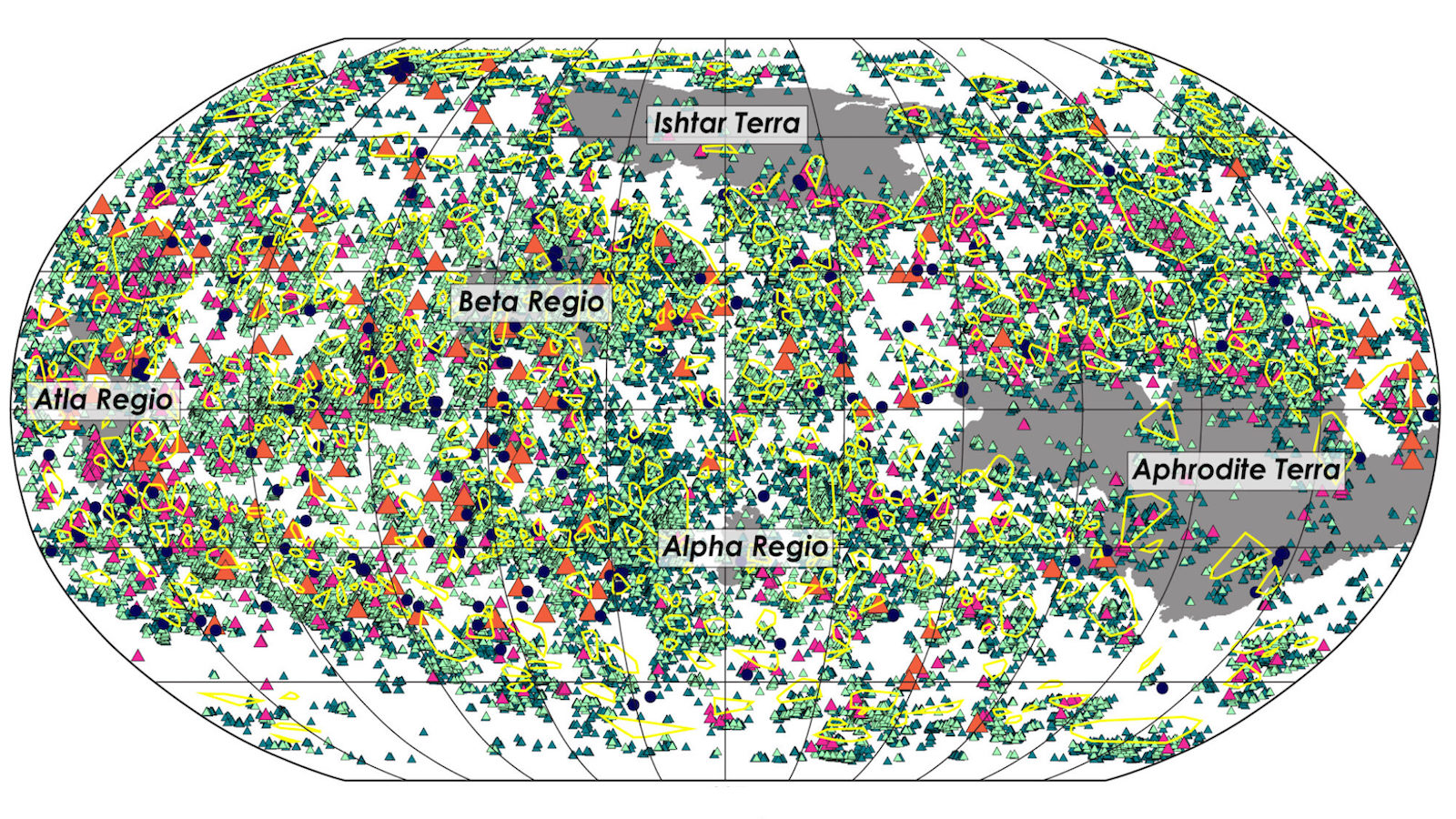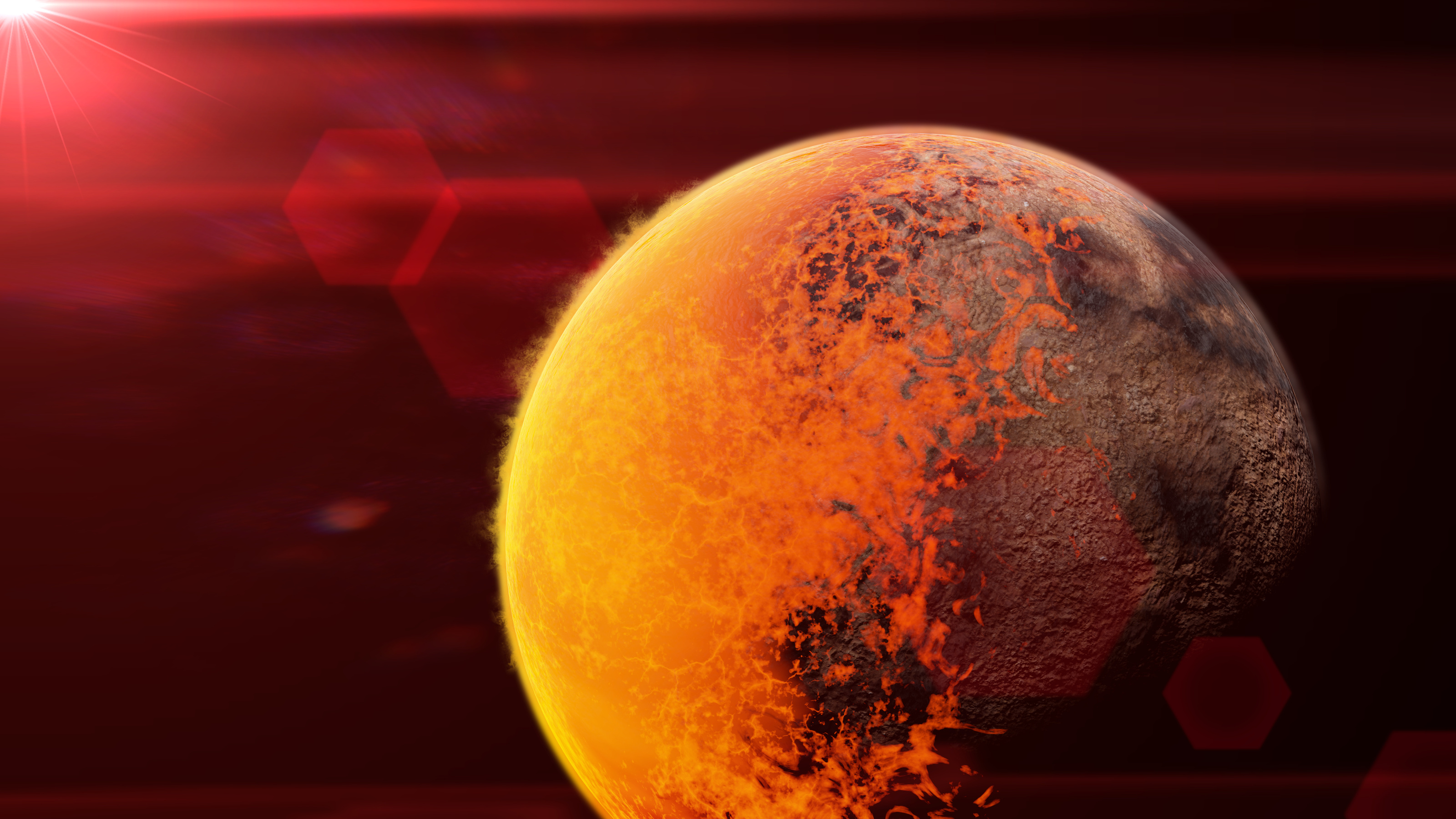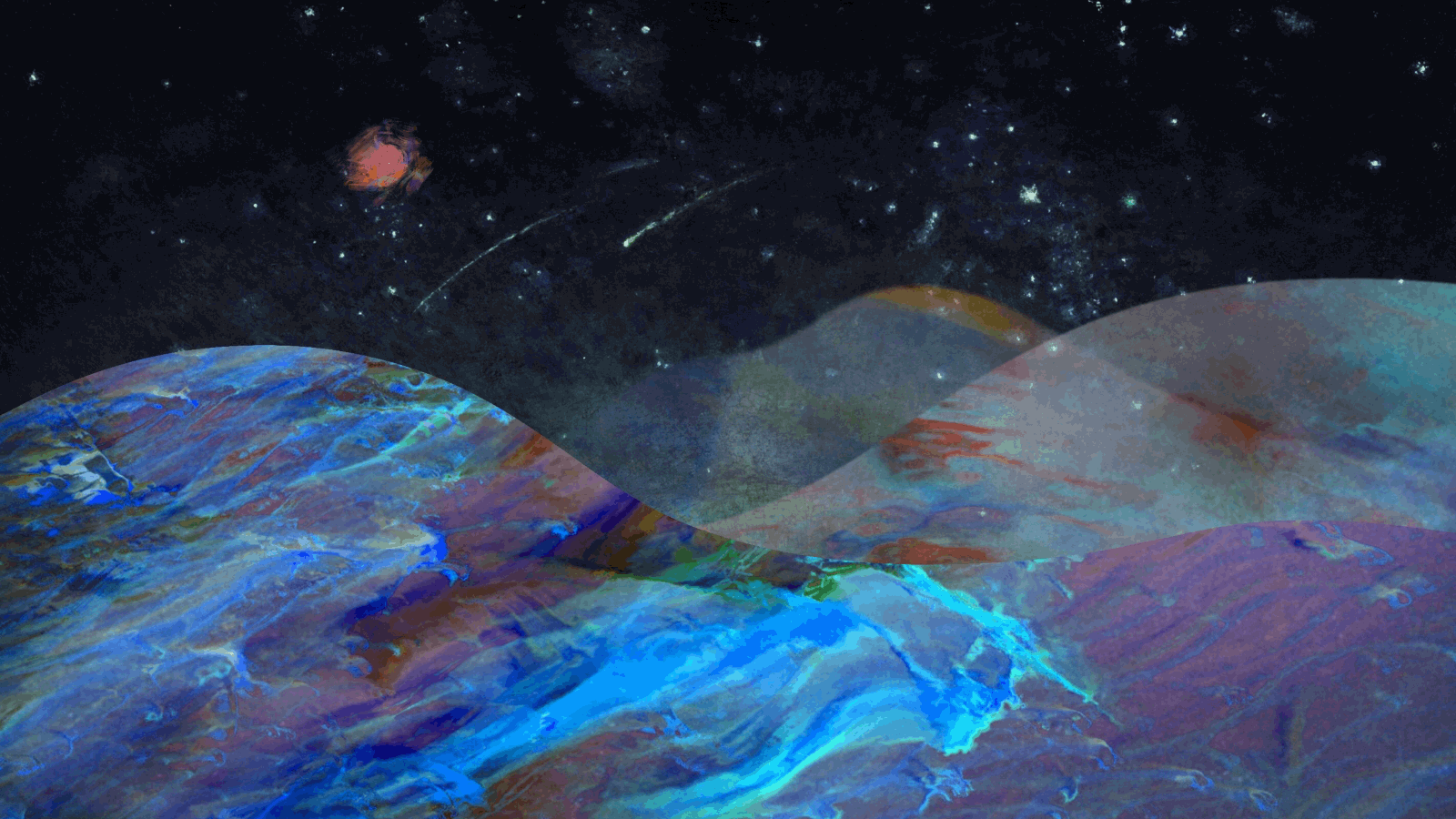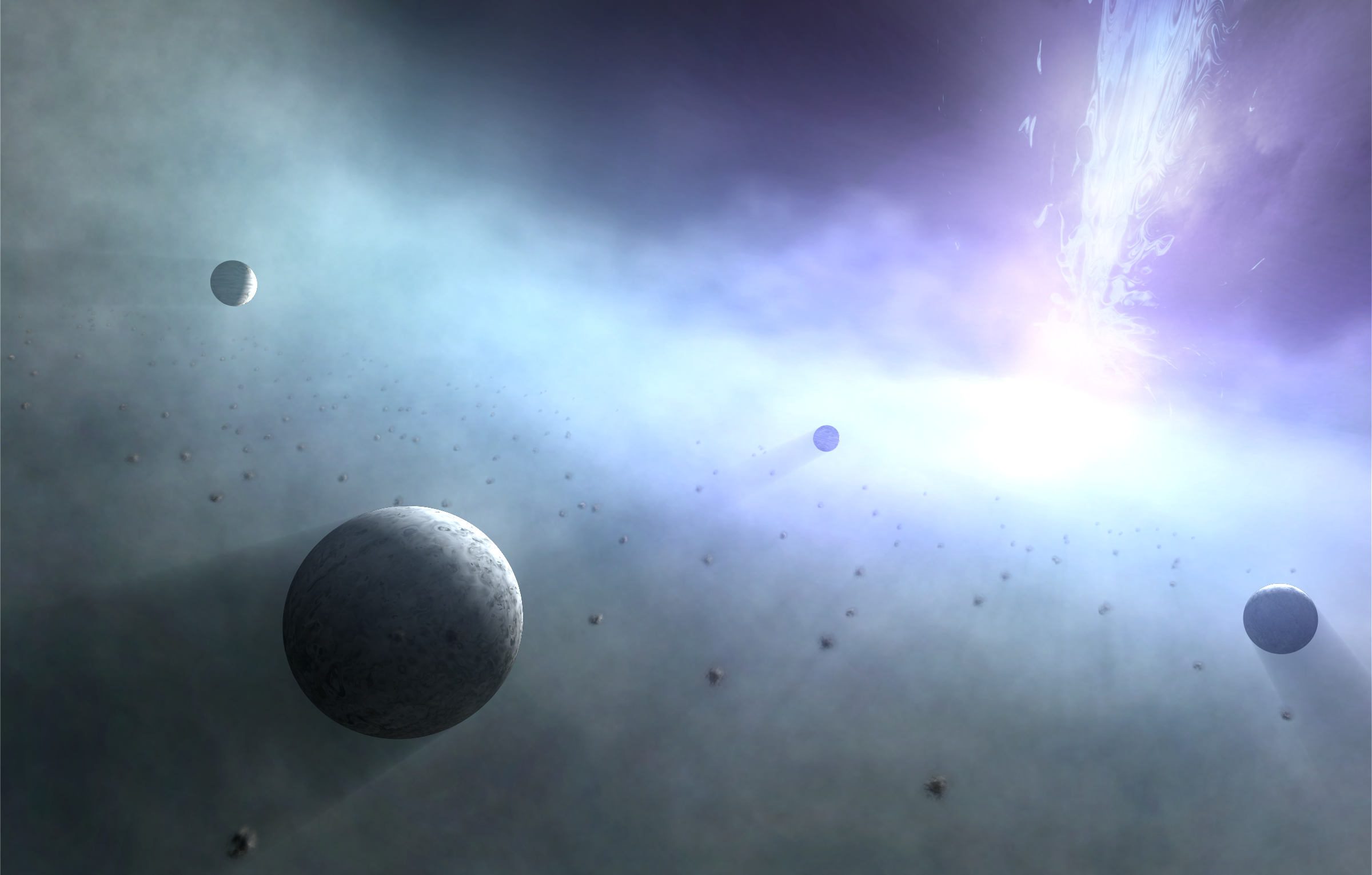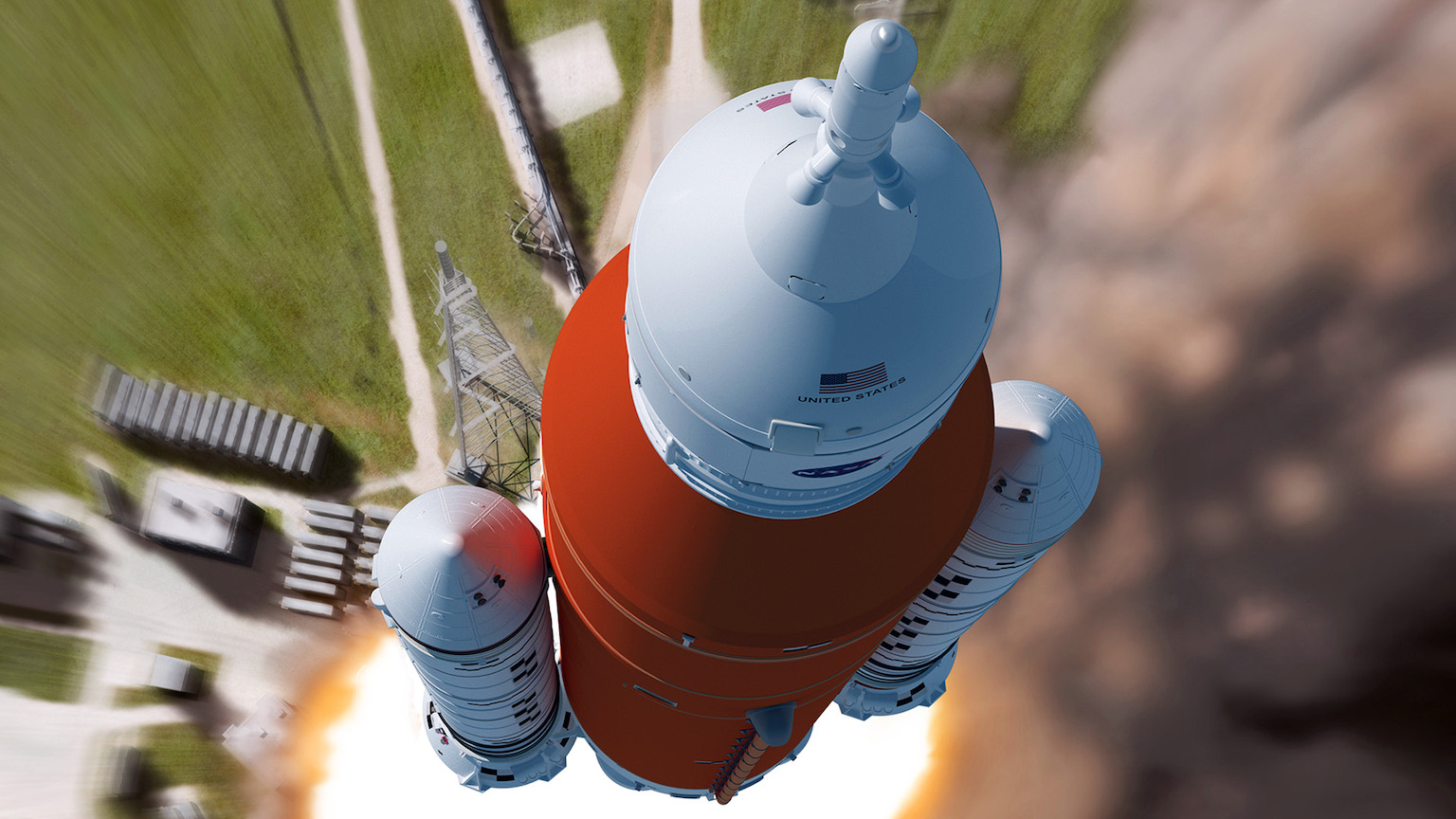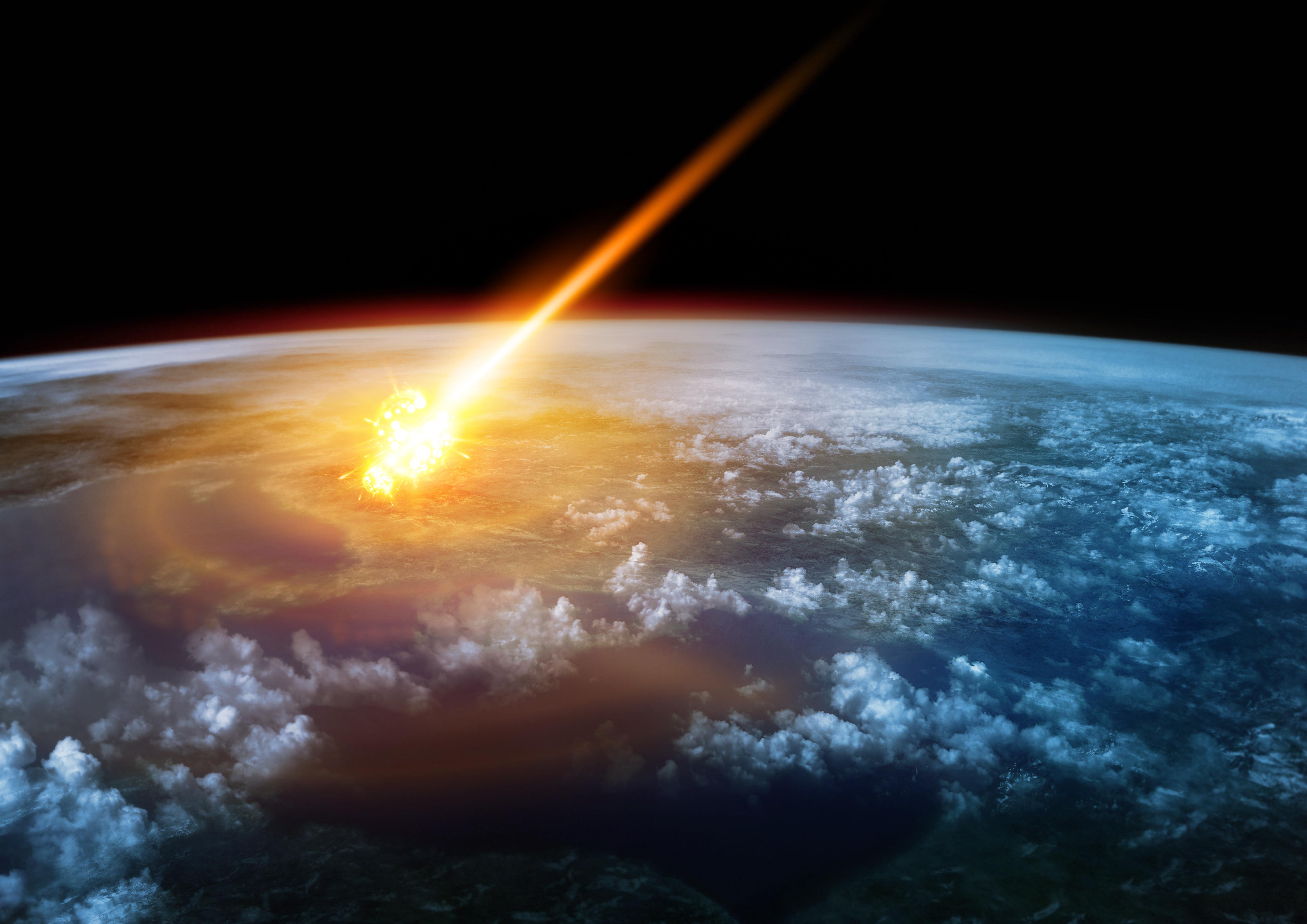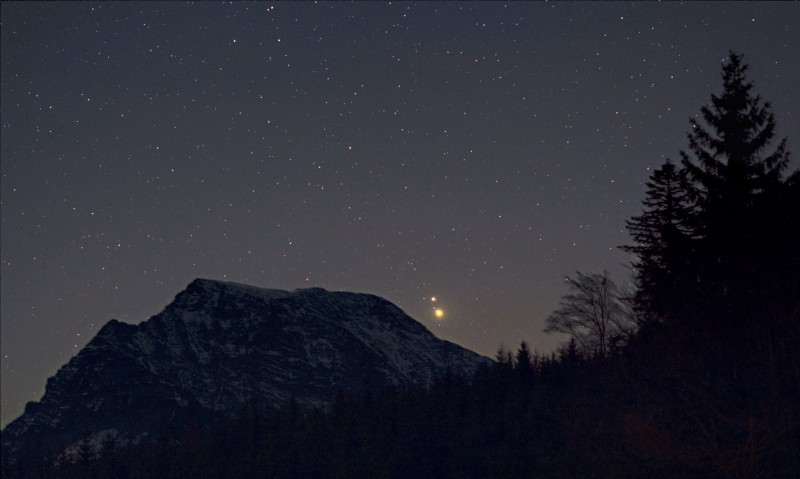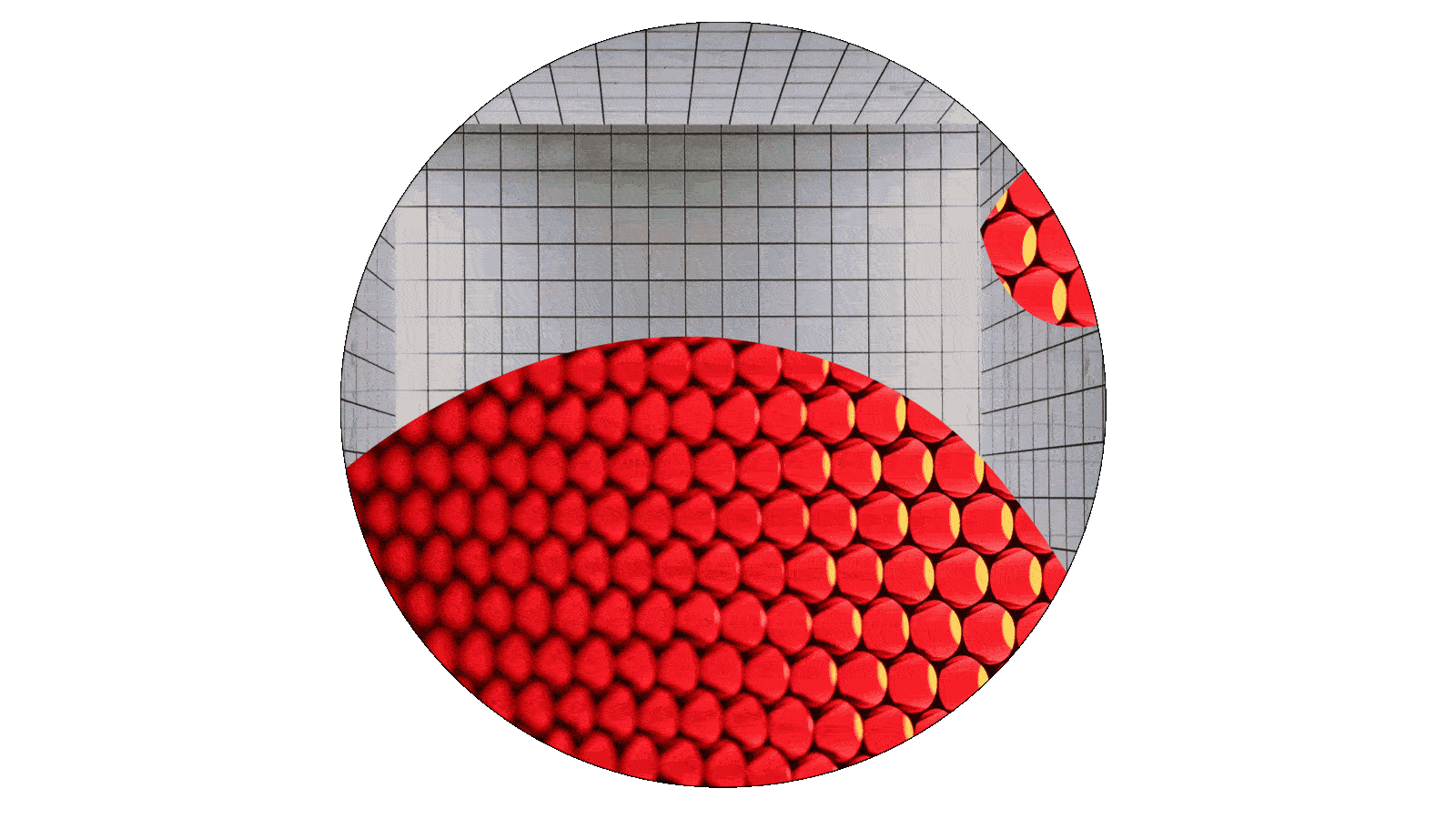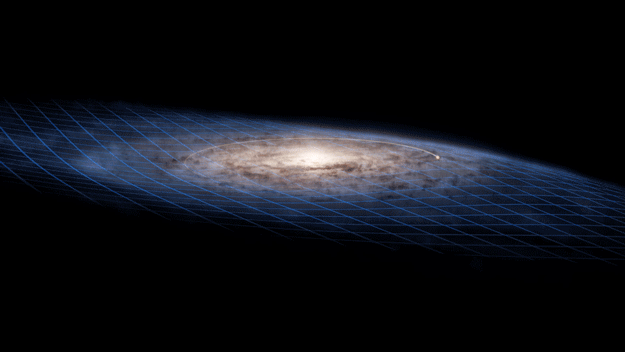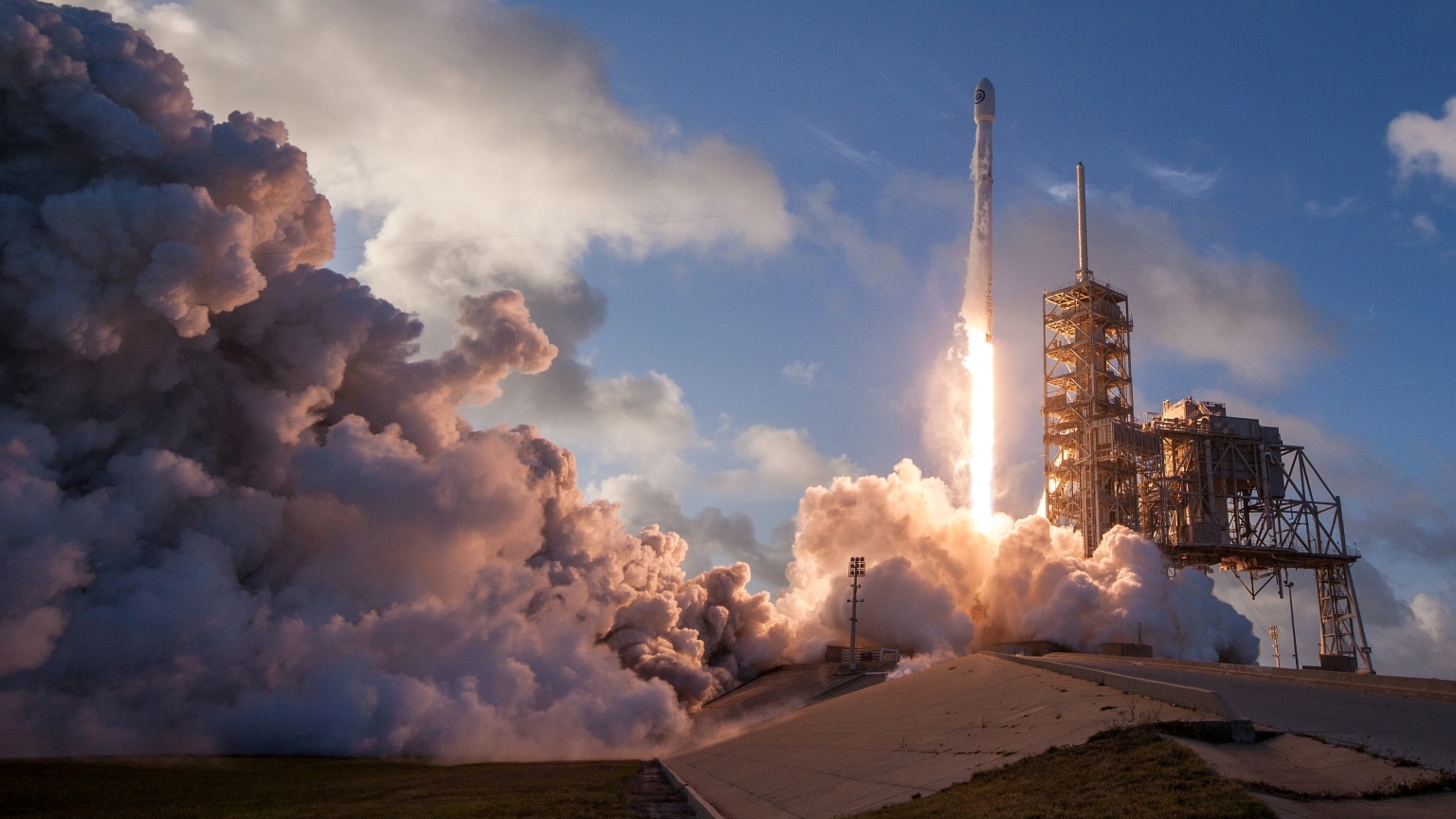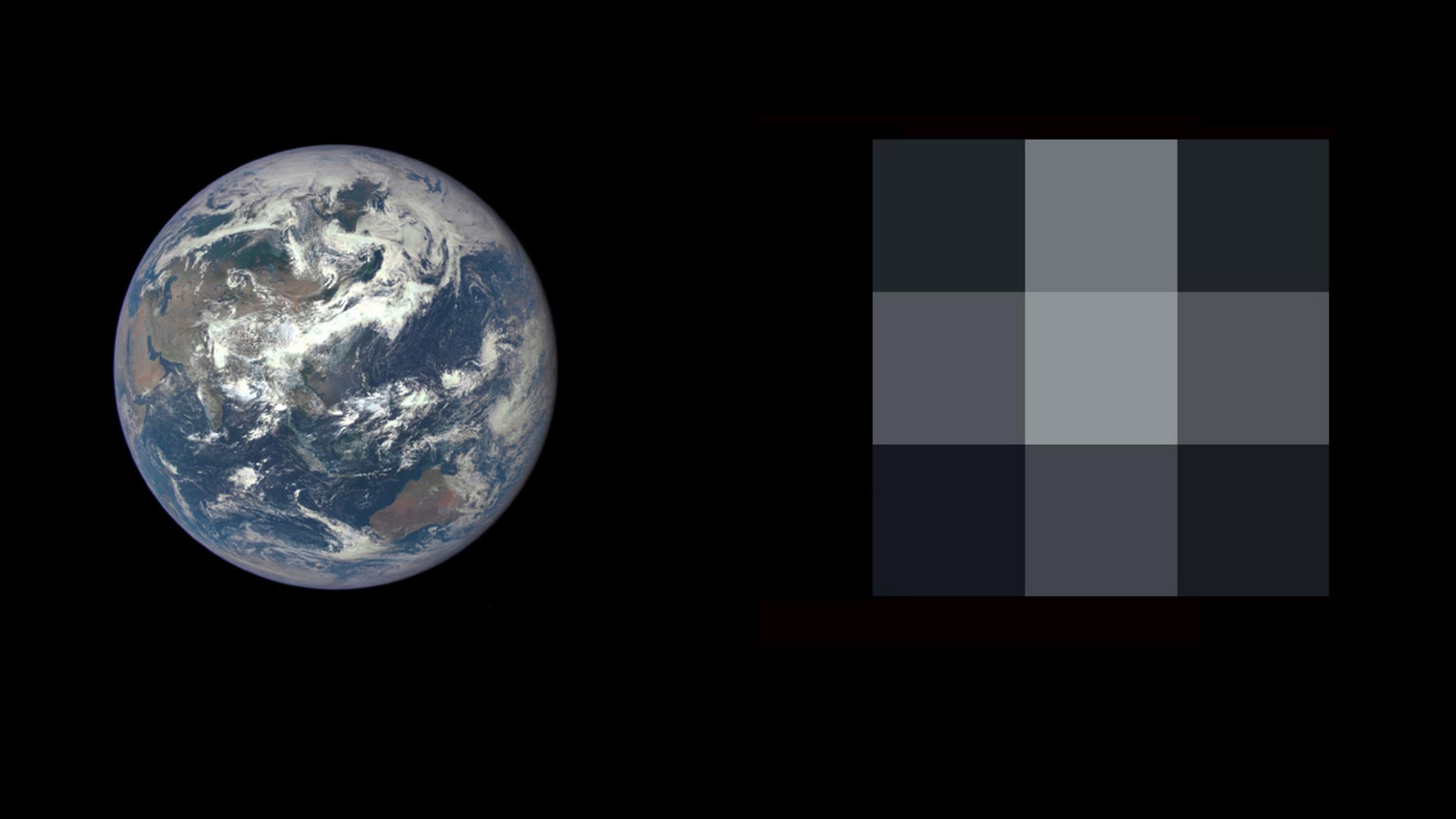Scientists do not know what is causing the overabundance of the gas.
Search Results
You searched for: Saturn
Do you think you know the Solar System? Here’s a fact about each planet that might surprise you when you see it!
The nearby, bright star Fomalhaut had the first optically imaged planetary candidate. Using JWST’s eyes, astronomers found so much more.
The story of how Jupiter, Saturn, Uranus and Neptune were made isn’t a universal one. Some gas giants were built different.
The space telescope’s findings challenge the notion of a galaxy brimming with life.
The answer may lie in the particular way sand forms on Titan.
Human beings are tiny creatures compared to the 92 billion light-year wide observable Universe. How can we comprehend such large scales?
In a distant galaxy, a cosmic dance between two supermassive black holes emits periodic flashes of light.
How can we understand mysterious planets like Jupiter? Use giant lasers!
As Uranus approaches its solstice, its polar caps, rings, and moons come into their best focus ever under JWST’s watchful eye. See it now!
No planet enters retrograde more frequently than Mercury, which does so 3-4 times each year. Here’s the scientific explanation for why.
Neptune holds records in our Solar System, but the Universe gets even faster. Here on Earth, extreme weather events can cause dramatic wind speed spikes. When hurricanes are at their most […]
The classic picture of Jupiter’s great rocky core might be entirely wrong.
It is humanity’s biggest step yet into the Solar System.
Google maps won’t guide you to Mars – but will your compass work in space?
▸
with
In the largest star-forming region close to Earth, JWST found hundreds of planetary-mass objects. How do these free-floating planets form?
Some fascinating observations of K2-18b have come along with horrendous, speculative communications. There’s no evidence for oceans or life.
For some reason, when we talk about the age of stars, galaxies, and the Universe, we use “years” to measure time. Can we do better?
Many planets will eventually be devoured by their parent star. For the first time, we caught a star in the act, eating its innermost planet!
Like Mars today, Venus used to be a sci-fi superstar. Recent discoveries could re-ignite our interest in Earth’s “evil twin.”
The odds are slim, but the consequences would be literally world-ending. There really is a chance of a black hole devouring the Earth.
Space missions in 2022 will include massive rockets and asteroid collisions. This is also the year space tourism starts to hit its stride.
65 million years ago, a massive asteroid struck Earth. Not only did Jupiter not stop it, but it probably caused the impact itself.
After a wait of 397 years in orbit, we’re finally getting a truly ‘Great’ Conjunction. Recently, December 21, 2020, Jupiter and Saturn finally met. Looking towards the southwest skies from […]
Our understanding always will remain incomplete.
The Universe begins with negligible amounts of angular momentum, which is always conserved. So why do planets, stars, and galaxies all spin?
Nearly 200 orbital launches are scheduled for 2022.
NASA has finally chosen which flagship mission, like Hubble and JWST, will launch in ~2040. Detecting alien life is now a reachable goal.
